Do you have a question about the MV Agusta F3 800 and is the answer not in the manual?
Explains the necessary information for correct and safe motorcycle use.
Details important symbols indicating safety and maintenance operations.
Information on the warranty and pre-delivery certificate.
Covers vehicle identification numbers, key, and color code.
Outlines warranty terms, conditions, and exclusions.
Details maintenance schedules, service coupons, and responsibilities.
Specifies maximum load limits and warnings about overloading.
Identifies the location of various controls and instruments on the motorcycle.
Explains the function and safety switch of the sidestand.
Details the function of controls on the left handlebar.
Details the function of controls on the right handlebar.
Explains the ignition switch positions and steering lock mechanism.
Describes gear shifting operation and the "Quick Shift" function.
Overview of the dashboard displays and warning indicators.
Explains the meaning and function of various warning lights.
Details the multifunction display elements and their readings.
Lists recommended lubricants and fluids for the motorcycle.
Provides basic information for correctly operating the motorcycle.
Guidelines for the initial break-in period of the motorcycle.
Instructions and safety precautions for starting the engine.
How to change and set various display modes and functions.
Steps to select different operating modes on the display.
Procedure to reset the trip meters (TRIP 1 and TRIP 2).
How to activate and set the speed limiter function.
How to adjust the traction control level.
Instructions for using the lap time recording function.
How to activate or deactivate the quick shift function.
Procedure to activate or deactivate the ABS system.
How to set the time on the dashboard clock.
Guide to selecting different engine control unit mappings.
Explains how the dashboard indicates faults and malfunctions.
Instructions and safety precautions for refuelling the motorcycle.
Procedure for accessing and reassembling the glove compartment.
Guidelines for safely parking the motorcycle using the sidestand.
Overview of adjustable components for ergonomics, geometry, and safety.
Summary of adjustable components and their purposes.
How to adjust the front brake lever position.
Guide to adjusting the position of the rearview mirrors.
Instructions for adjusting front suspension settings.
Details on adjusting the front suspension spring preload.
How to adjust the front suspension rebound damping.
How to adjust the front suspension compression damping.
Warnings and notes regarding rear suspension adjustment.
How to adjust the rear suspension rebound damping.
How to adjust the rear suspension compression damping.
Procedure for adjusting the motorcycle's headlight beam.
General information about product improvements and documentation.
Environmental considerations for vehicle use and disposal.
| Engine Displacement | 798 cc |
|---|---|
| Frame | ALS Steel tubular trellis |
| Front Suspension | Marzocchi upside-down telescopic hydraulic fork with rebound-compression damping and spring preload external and separate adjustment |
| Rear Suspension | Progressive Sachs, single shock absorber with rebound and compression damping and spring preload adjustment |
| Seat Height | 805 mm (31.7 in) |
| Engine Type | Three cylinder, 4 stroke, 12 valve |
| Maximum Power | 108.8 kW (148 hp) at 13, 000 rpm |
| Maximum Torque | 88 Nm at 10, 600 rpm |
| Transmission | 6-speed |
| Front Brakes | Double floating disc with Ø 320 mm diameter, Brembo radial 4-piston caliper |
| Rear Brakes | Single steel disc with Ø 220 mm diameter, Brembo 2-piston caliper |
| Dry Weight | 173 kg |
| Fuel Tank Capacity | 16.5 L (4.4 US gal) |
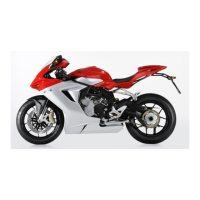

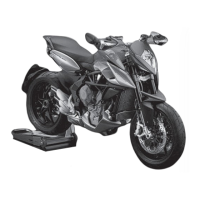
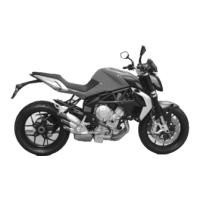
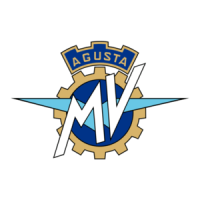
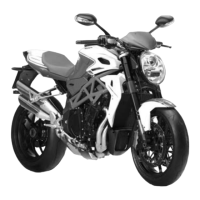

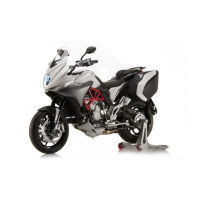


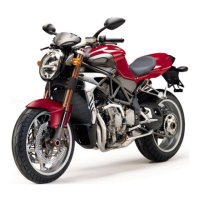
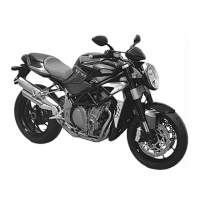
